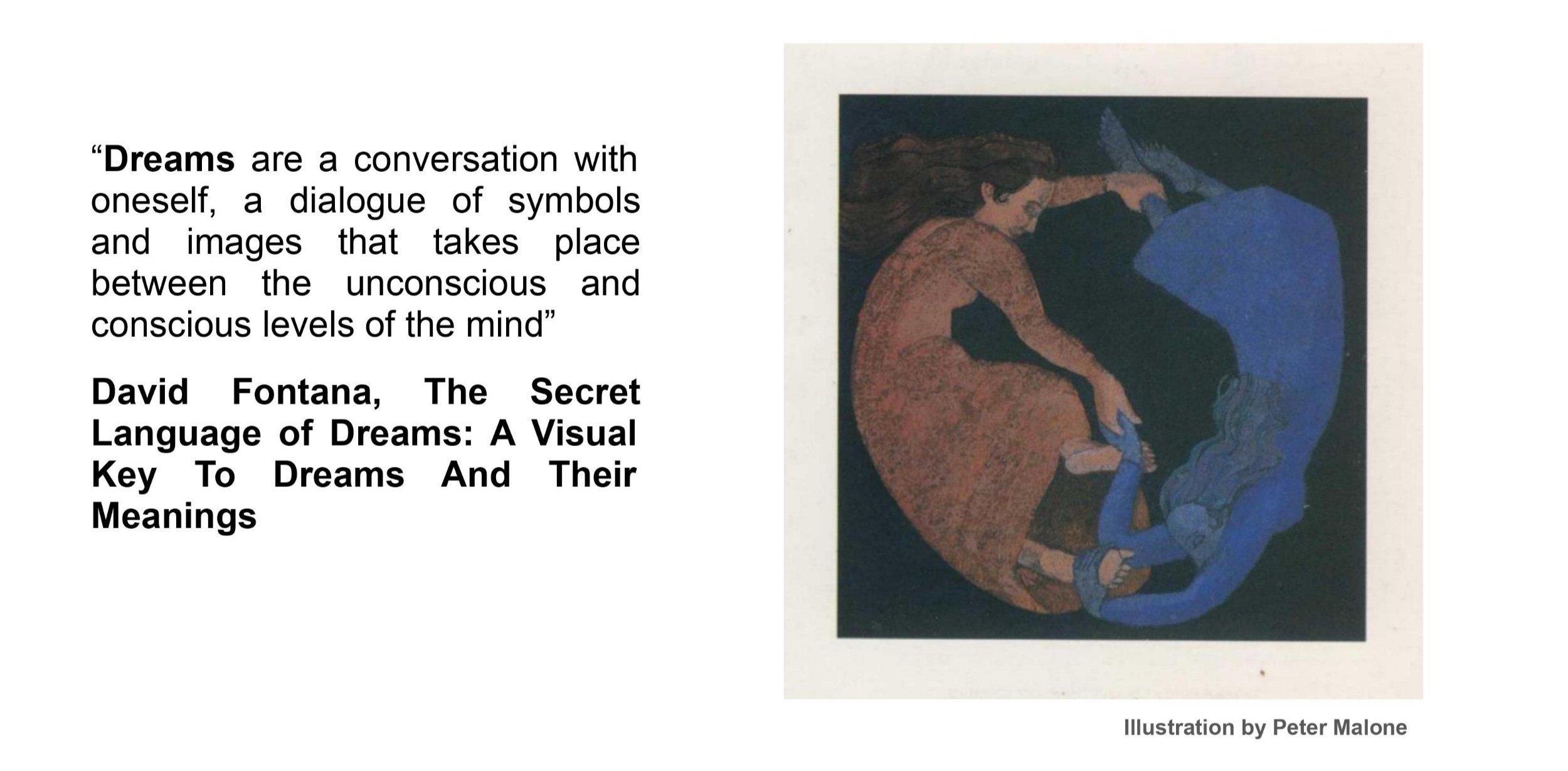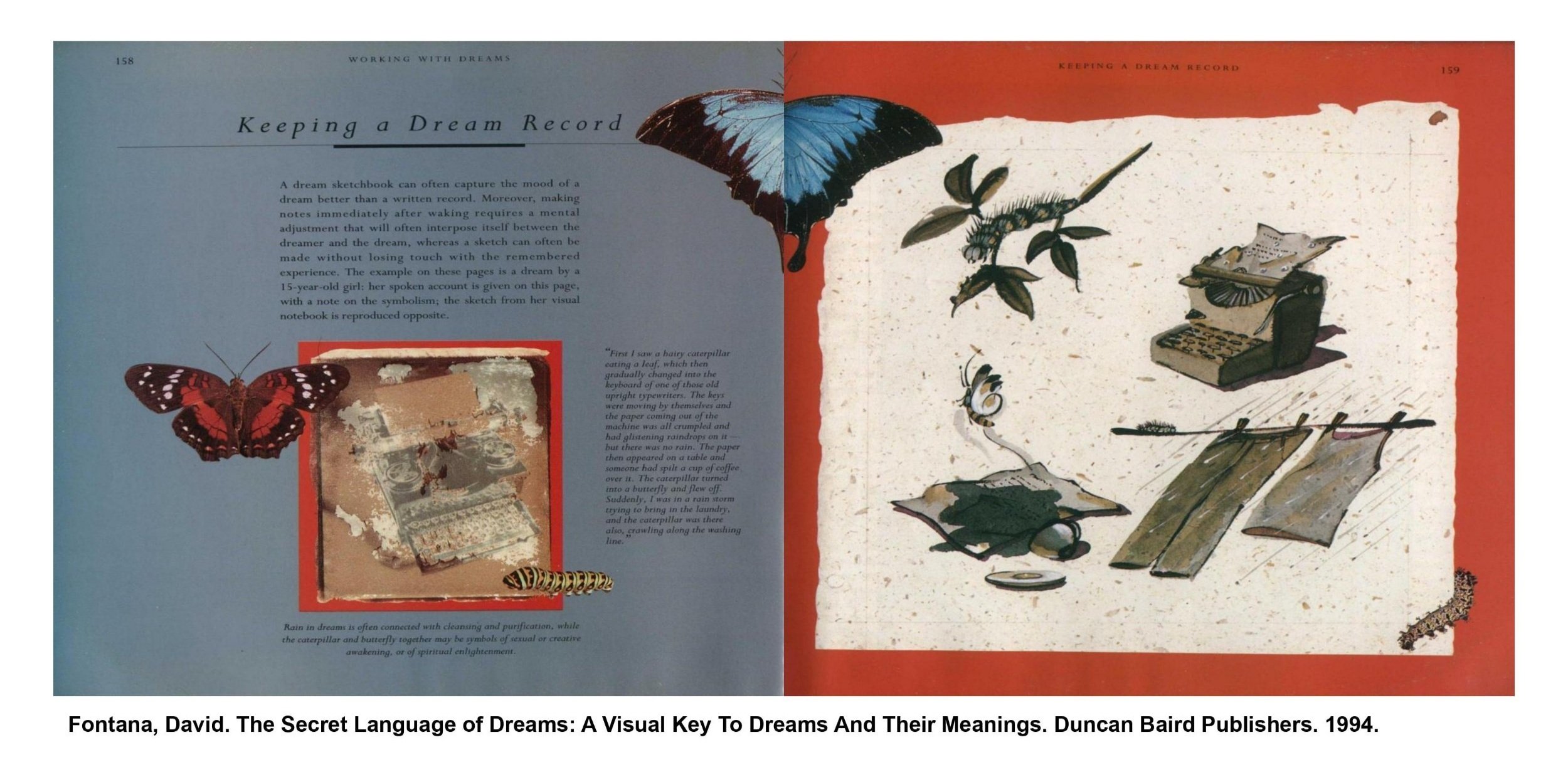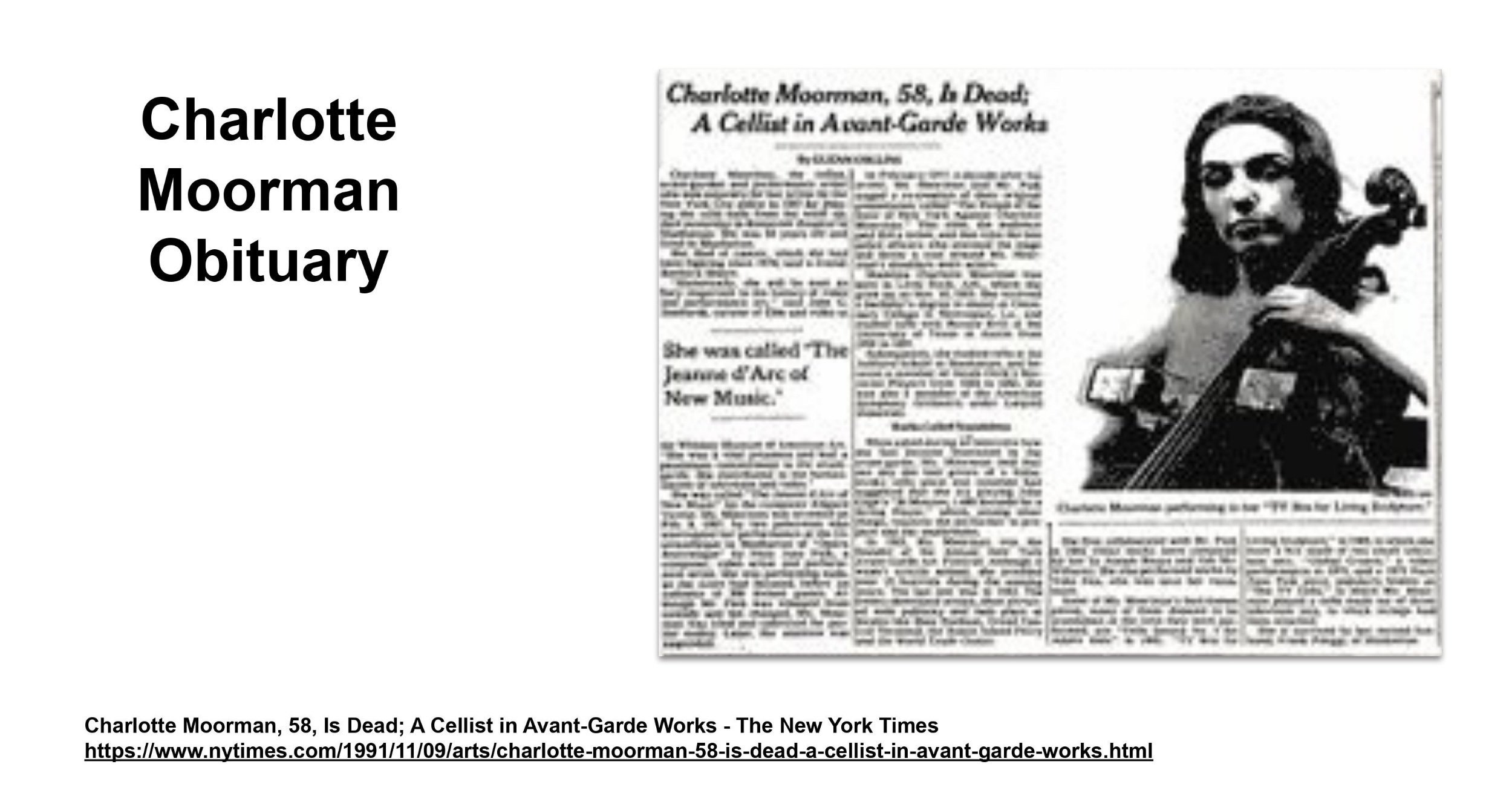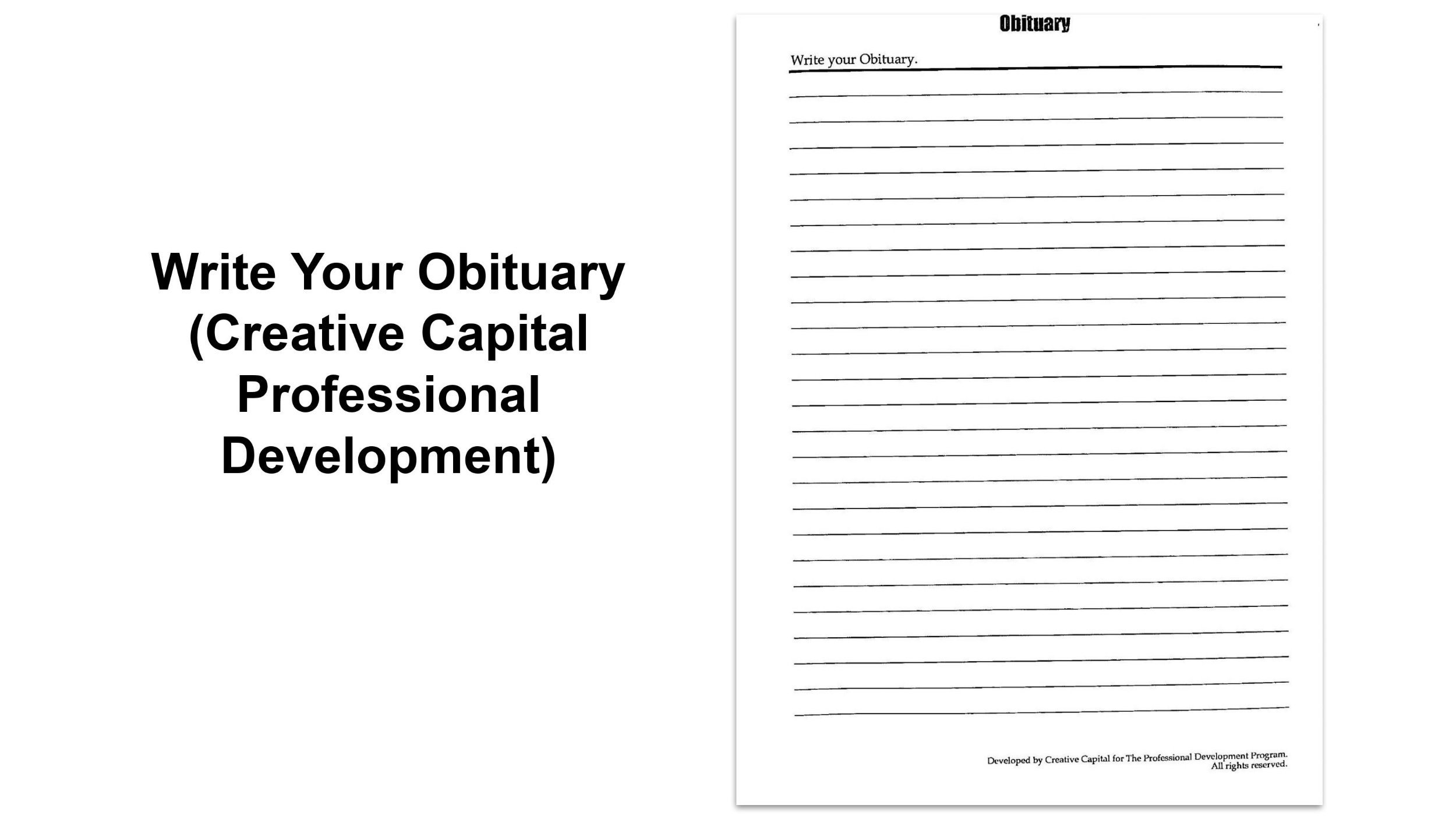Artistic Research In Music & Sound:
Tools For Fostering Meaningful Collaborations
The following lecture presentation is designed to provide you with theoretical and practical tools for fostering meaningful collaborations as musicians & sound artists. It ranges in topics within and external to music & sound art toward the betterment of our individual selves and our communal interactions as we undertake artistic research projects. The following focus questions summarize the objectives of this lecture presentation:
What are the benefits of utilizing personal digital storytelling as a collaborative framework for artistic research in music & sound?
How do the concepts of concurrency & polyphony work together within personal digital storytelling to support collaborations in artistic research in music & sound?
What practical professional exercises can musicians and sound artists engage in to foster more meaningful artistic collaborations?
I. PERSONAL DIGITAL STORYTELLING
The above description of personal digital storytelling may be something we take for granted due to social media being so commonplace in today's culture. But if we examine the original intent of personal digital storytelling found within the Center for Digital Storytelling and other organizations like it, we should notice a framework that is useful for our artistic research collaborations. This can help us know and communicate ourselves better toward other musicians and sound artists, helping us attract the type of project making processes we desire.
I recommend utilizing the above seven elements of personal digital storytelling as they are presented, fragmentarily for self-reflection, and for communicating our visions to others during collaboration. These elements can take a unique foreground, middle ground, or background based on your project specific goals. In other words, some elements may be emphasized more than others or only implied as opposed to being outrightly shown. This is not the original intent of personal digital storytelling as shown by the Center for Digital Storytelling but an interpretation for applying it as a collaborative framework for artistic research in music & sound.
II. A COLLABORATIVE PROJECT EXAMPLE
1+1=3: Musical Artists Operating In Genuineness Beyond Fixed Outcomes is one of my collaborative artistic research projects empowered by personal digital storytelling and my curatorial practice of original musical works. The musical works of Cecil Vineet Abhishek, Bryan Murray, Mother Nevada, and Dylan Viola were curated for this project. This project leverages additional insights on storytelling from documentary filmmaker Ken Burns and writer George Saunders. Both perspectives challenge the interpersonal ethics & morality of our discourse as we articulate what acceptable manipulation may be for each of us as we storytell (the idea of being sincerely emotionally moved and emotionally moving others) and the embracing of unknown outcomes that make life interesting and authentic.
Ken Burns highlights the imbalanced equation of “1+1=3” (the sum being greater than its parts) as an analogy for meaningful storytelling. Burns believes that genuine stories are often produced from an emotive process of '“acceptable manipulation”.
“The real genuine stories are about one and one equaling three…We live in a rational world. We're absolutely certain that one and one equals two. And it does. But the things that matter most to us, some people call it love, some people call it God, some people call it reason, is that other thing where the whole is greater than the sum of the parts. And that's the three.”
“All story is manipulation. Is there acceptable manipulation? You bet. People say, oh, boy, I was so moved to tears in your film. That's a good thing. That was because I manipulated that. That's part of storytelling. I didn't do it dis-genuinely. I did it sincerely. I am moved by that, too. That's manipulation. Truth is we hope, a by-product of the best of our stories. And yet there are many, many different kinds of truths. And an emotional truth is something that you have to build.”
- Ken Burns: On Story
George Saunders speaks on the importance of good storytelling being empowered by an unfixed intentionality of outcomes.
“A bad story is one where you are sure of it and you go there with your intentionality fixed in place.”
"And for me, the process of sitting down to write a story is to keep your eyes open all the time, to keep yourself mystified and to say, this thing defies systemization."
- George Saunders: On Story
To offer background on the collaborative artistic research process, seventeen musical artists were invited to this project/exhibition. All artists responded to the invitations except for one musical artist who did not. Five female musical artists were invited and twelve male musical artists were invited to participate. Out of the twelve male musical artists four accepted the invitation (the ones shown in this lecture presentation) by submitting original musical works and accompanying stories related to the exhibition theme. No women accepted the exhibition invitation. At a glance each of the four male musical artists tell a unique story of transition through their compositions and/or within the accompanying stories for their composition. One of my sound artworks, “Granada” was the submission prompt for the four artists who accepted the invitation.
III. CONCURRENCY & POLYPHONY
The concepts of concurrency & polyphony work well together to literally describe the quality of our compositions and analogically describe our lives as musicians and sound artists as we pursue collaborations with one another.
“With concurrency, the idea of the deliberate or the intentional does not apply…What really matters is that you have a simultaneity of different sounds being produced.”
“And what polyphony implies is that many voices add up together to a much greater goal such as harmony or sound, whatever it is that you're looking for.”
Pedro Lasch (Art of the MOOC: Explorations In Sound, Duke University)
“When I curate shows I don't try to contain sound which has been a traditional practice in galleries…What I try to do is compose the gallery so there might be five or six works all making sound in the same space and what I find is that the audience can stand in the middle of the space and hear all the works at once like a composition.”
Caleb Kelly, Associate Professor in the Faculty of Arts, Design and Architecture - University of New South Wales
The following virtual listening room for “1+1=3” is an expression of what can be called an, “unintentional simultaneity of difference” regarding sound, as articulated by Pedro Lasch. This showcases the exhibition’s array of nonlinear sonic connections and tensions. Concurrency, as opposed to an intentional polyphony, is a very useful concept if used as an analogical or imaginative term for understanding both the personal lives and compositions of all musicians and sound artists to be a cohesive yet divergent entity. The concept of concurrency is an aid to personal digital storytelling, providing a greater open framework for listening and imagining all compositions and personal stories of musicians & sound artists for their “unintentional simultaneity of difference”. Conducting artistic research in music & sound under this framework can move us toward a greater quality of unique collaborations and interpersonal understanding.
The virtual listening room is setup in the spirit of the previous quote by Caleb Kelly. Its duration lasts for the length of the exhibition's longest musical work which is "Cooke and Pauley" by Bryan Murray (11 minutes) with the other works looping simultaneously. It is a static audio mix as if the listener were sitting or standing still in one spot of the room. It shows a collaborative relationship for the intentional polyphony in each composition and the unintentional sonic collisions derived from the compositions that exist in the same space. In other words, it is a concurrent and polyphonic community of sounds and musical lives.
Read the following virtual listening room reflection prepared by Mother Nevada:
“The experience of hearing my composition (The Makeout Blanket) in the Virtual Listening Room was simultaneously jarring and soothing for a few different reasons. I enjoyed the droning quality of hearing all the compositions together. When played at low volume, certain parts were kind of relaxing, like hearing road noise in the distance or the ambience of a city street from an apartment building. There were even certain points where I felt a bit of harmony and the four compositions were in sync with each other. (Around 0:45 or 6:10 for example). It was a strange experience being incredibly familiar with 25% of what I was hearing and almost completely unfamiliar with the other 75%. I’m not sure I have ever heard my music in that context before. Other moments, like the first time I heard a “Fuck you” or when some of the sounds became dissonate, I felt myself being pulled out of my hypnosis but I would quickly find myself settling back in. I would like to experience this in a gallery setting where I could walk around and play with my relationship to the sounds I was hearing by walking towards or away from some of these compositions. Someday soon!”
And the following reflection by Bryan Murray:
“The virtual listening room reminds me of walking around Greenwich Village and hearing all the different music coming from the clubs. Some fade away and others join the collaboration. Things shift abruptly and then come back together. It could be a sound that Ives or Ornette purposefully tried to create. I would like to improvise over this dense harmony and turn it into something else. It’s inspiring. Thought provoking. I hear my band fight for space and conquer then fall off the cliff. My saxophone cuts through the fog like a flashlight in the distance. I hear confusion and anger. I’m drawn to a close and refreshed by the silence.”
IV. MUSICAL ARTIST PROFILE: CHARLOTTE MOORMAN
Charlotte Moorman was an avant-garde and experimental cellist who collaborated with John Cage, Nam June Paik, and David Tudor. Towards the end of her life she was diagnosed with breast cancer. Instead of dealing with it privately, she was very open about her diagnosis with friends, family and the general public and began to commemorate her life of music and art projects as her health declined. Her life was "improbable" or unimaginable as her biographer described it, and possibly amounting to "1+1=3" as Ken Burns would describe of meaning storytelling.
The photos above from Charlotte Moorman's 1990 retrospective exhibition "Child of the Cello" point towards some key elements of personal digital storytelling and operated as part of her recovery process during her ongoing fight against breast cancer.
Charlotte Moorman's work is archived at Northwestern University and is a reservoir of her collaborations and musical relationships. Archival practice is essential to personal digital storytelling and also how we research historical collaborations in music. Relationships in music and the arts, especially like the one that Nam June Paik had with Charlotte Moorman was that of a special friendship that had the ethos of personal digital storytelling shown within Paik's installation done in memory of Charlotte called, "Room for Charlotte Moorman, 1993".
I particularly like this image of Charlotte Moorman created by Nam June Paik. Their joint history as collaborators involved the leveraging of Charlotte's embodiment into Paik's video art as she performed cello with accompanying visual effects and wore video hardware. This image demonstrates a common use of personal digital storytelling which is to "honor the memory of specific people".
V. REFLECTION & PRACTICE
The following practical exercises are useful for incorporating personal digital storytelling into your creative life as musicians and sound artists. These exercises should help you approach what is most important to you for navigating relationships wisely as you embark on collaborative relationships in artistic research.
Orienting your attitude toward non-material gain related to your soul (emotions) and spirit (connection to a higher metaphysical being) is an important step toward greater personal meaning. An beneficialway to monitor this is through noticing your dreams.
Spirituality
the quality of being concerned with the human spirit or soul as opposed to material or physical things.
"the shift in priorities allows us to embrace our spirituality in a more profound way"
Oxford Languages (Google)
The theory of "collective unconsciousness" from Carl Jung seems to resemble our earlier discussions about "1+1=3" and its showasing of concurrency & polyphony, as it serves to be a reservoir of Culture's intentionally designed myths & symbols which dynamically exist together in the unconscious realm. In other words, it's a place for our very different musical lives to tap into our authentic desires and life directions during sleep that are later to be realized during our waking hours when we choose to collaborate with one another.
“(Carl) Jung recognized the search for spiritual and religious truth, beyond our everyday material lives, as one of the strongest energies of our psyche, welling up directly from the collective unconsciousness - that vast genetic reservoir of myths and symbols that projects archetypal images into our conscious minds, especially in our dreams”
Fontana, David. The Secret Language of Dreams: A Visual Key To Dreams And Their Meanings. Chronicle Books. 2004.


Preparing written descriptions and drawings of your dreams are a great way to get in touch with what is most important to you. Interpreting your own dreams with books like The Secret Language of Dreams by David Fontana and/or seeking help with dream interpretation from a trained psychotherapist or spiritual director can make the process much safer and easier.



Read through the obituary of Charlotte Moorman and consider its overall structure and content. Next, consider your own obituary and how you would want to be remembered by others. Make sure it is written in the third person as well. Next, consider your lifetime goals and how they would be included into your obituary.
Writing about your lifetime goals with emphasis on personal goals, career objectives, awards, recognition, family life, relationships, finances and leisure are great exercises for getting yourself acquainted with content relevant for personal digital storytelling which can later be manifested within a meaningful artistic research collaboration. Periodically look for workshops, webinars, and other professional development experiences that will allow you to refine your lifetime goals and receive advice from mentors concerning them. Writing your obituary and lifetime goals are professional exercises you can encounter within the Creative Capital Professional Development Program.
VI. SUMMARY
Most importantly, personal digital storytelling can help musicians and sound artists express stories of their lives focused on “the memory of specific people and places, or deal with life’s adventures, accomplishments, challenges, and recovery.”
At a conceptual level concurrency and polyphony are terms that describe not only the inner workings and interactions of our compositions but also how our creative lives intersect with one another toward greater collaboration as musicans & sound artists.
Much can be learned about collaboration in artistic research in music & sound through curation of musical and sound artworks and the sending of invitations to artists to make contributions to a project/exhibition.
Musical artist profiles from history may present edifying examples of personal storytelling that can serve as role models for designing collaborations in our music and sound art projects.
Our ability to engage in meaningful collaboration in music & sound art should come from intentionally seeking professional development experiences concerned with our non-material desires, lifetime goals and interpersonal relationships.
Copyright Jeffrey Cobbold 2025. All rights reserved.





